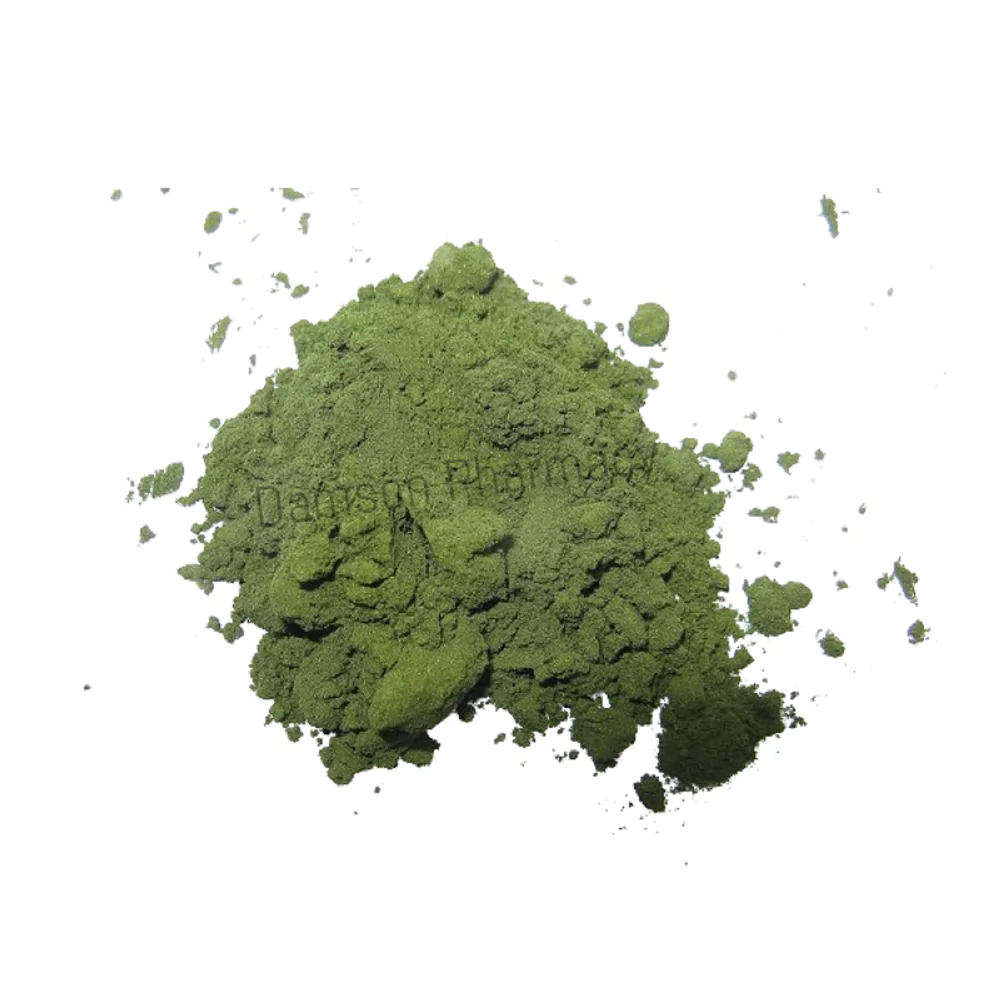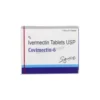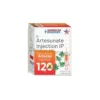Methylene Blue Powder
$380.00 – $1,600.00Price range: $380.00 through $1,600.00
| Pack Size | Price | Price / Unit | Quantity | |
|---|---|---|---|---|
| 1 Kg | $380.00 | $380.00/ unit | ||
| 3 Kg | $1,050.00 | $350.00/ unit | ||
| 5 Kg | $1,600.00 | $320.00/ unit |
Want to order in bulk / B2B price ? | Send Inquiry |


| SKU | 11480 |
| Manufacturer | Damson Pharmaceutical |
| Categories | Antiparasitic |
| Delivery Time | 10 - 14 Working Days |
Introduction to Methylene Blue Powder
Methylene blue is a synthetic dye with a wide range of uses, including as a medication and laboratory tool. It is often used in biological research to stain tissues and cells for easier observation under a microscope. Methylene blue powder is the dry form of the compound and is typically dissolved in water for various applications.
In medicine, methylene blue is sometimes used to treat conditions like methemoglobinemia, a disorder where blood cannot effectively carry oxygen. It has also been explored for its potential in treating Alzheimer’s disease, due to its neuroprotective properties. Additionally, it has applications in the treatment of certain infections as an antiseptic.
Methylene blue powder has industrial and scientific applications as well. It’s used in textile industries for dyeing fabrics, as well as in chemical reactions and processes. However, it should be handled with care due to its potent nature and potential health risks if improperly used. It is manufactured by Damson Pharmaceutical.
Uses of Methylene Powder
Methylene blue powder has several important medical uses, primarily as a treatment for specific health conditions:
- Methemoglobinemia
- Urinary Tract Infections (UTIs)
- Antidote for Cyanide Poisoning
- Alzheimer’s Disease and Neuroprotection
- Dye in Surgical and Diagnostic Procedures
How Does Methylene Blue Powder Works?
Methylene blue works in medical applications primarily through its ability to alter the redox state of molecules in the body. In conditions like methemoglobinemia, where hemoglobin is unable to carry oxygen efficiently, methylene blue acts as an electron donor.
It helps convert methemoglobin back into its functional form, hemoglobin, allowing it to carry oxygen properly again. In the case of infections or as an antiseptic, methylene blue works by disrupting bacterial cell membranes, leading to bacterial cell death.
Its dye properties enable it to bind to cellular components, which can help highlight abnormal cells during diagnostic procedures or surgeries. This makes it useful in visualizing tissues or detecting certain conditions in medical settings. Additionally, methylene blue has neuroprotective effects, particularly in Alzheimer’s disease.
Side Effects of Methylene Blue Powder
Common Side Effects
- Skin Discoloration
- Gastrointestinal Issues
- Headache and Dizziness
- Allergic Reactions
Serious Side Effects
- Serotonin Syndrome
- Hemolytic Anemia
- Hypotension (Low Blood Pressure)
Dosage of Methylene Blue
The dosage of methylene blue in medical use varies depending on the condition being treated. For methemoglobinemia, the typical dose is 1 to 2 mg/kg body weight, administered intravenously over 5 minutes. If needed, a second dose may be given after one hour.
For urinary tract infections, methylene blue is sometimes administered in lower doses, typically 50-100 mg orally, though it is often used in combination with other antibiotics.
In cases of cyanide poisoning, higher doses may be required, often alongside other antidotes like sodium thiosulfate. Dosage should always be determined by a healthcare professional, as it depends on the individual’s condition and response to treatment.
How To Manage Side Effects?
- Monitor for allergic reactions regularly.
- Discontinue use if serotonin syndrome occurs.
- Seek emergency care for anaphylaxis symptoms.
- Reduce dosage if gastrointestinal issues arise.
- Hydrate well to reduce skin discoloration.
- Manage low blood pressure with fluids.
- Consult a doctor for hemolytic anemia.
Warnings & Precautions
1. Avoid with serotonin-enhancing medications:
- Methylene blue can interact with antidepressants, increasing the risk of serotonin syndrome, a potentially life-threatening condition.
2. Use cautiously in G6PD deficiency:
- Individuals with glucose-6-phosphate dehydrogenase (G6PD) deficiency may experience hemolytic anemia when using methylene blue.
3. Caution in pregnancy and breastfeeding:
- Methylene blue should be used only when clearly needed during pregnancy or breastfeeding, as its safety has not been established.
4. Dosage adjustments for kidney or liver impairment:
- Methylene blue should be used with caution in individuals with renal or hepatic impairment, as metabolism may be altered.
5. Potential for tissue necrosis:
- Improper intravenous administration may cause tissue damage or necrosis at the injection site.
6. Monitor blood pressure:
- Methylene can lower blood pressure, so blood pressure should be monitored, especially in those with cardiovascular issues.
FAQs – Frequently Asked Questions
1. How is methylene stored?
Methylene should be stored according to recommended conditions, typically in a cool, dry place protected from light. Storage instructions may vary depending on the formulation of the substance.
2. Can methylene interact with other medications?
Yes, methylene can interact with certain medications, especially those affecting serotonin levels. Inform healthcare providers about all medications, including prescription, over-the-counter, and herbal supplements, to assess potential interactions.
3. Is methylene safe?
Methylene is generally considered safe when used appropriately and under the guidance of healthcare professionals. However, like any medication, it can be associated with side effects, and its safety depends on the specific context of use.
4. Can methylene be used during pregnancy or breastfeeding?
The use of methylene during pregnancy and breastfeeding should be carefully considered. Healthcare providers will weigh the potential benefits against the risks, and pregnant or breastfeeding individuals should discuss these considerations with their healthcare provider.
| Pack Size | 1 Kg, 5 Kg |
|---|---|
| Price/Unit | $320/unit, $350/unit, $380/unit |
5 reviews for Methylene Blue Powder
Add a review Cancel reply
Related Products
No related Products Found




Penny –
I had very good experience with Damson pharmacy I have been using them for last Two years
Archer –
Excellent Packaging, 10/10 sercives….😀💖
Felix –
Glad to deal with Damson Pharmacy. As Methylene is powder form, It was packed very 😊 safely and customer service was also great….👍
Minee –
High quality, dissolves easily, works great. Reliable source for clean methylene blue.
Daol –
Faultless, prompt & friendly service as always. Thank you 🙂